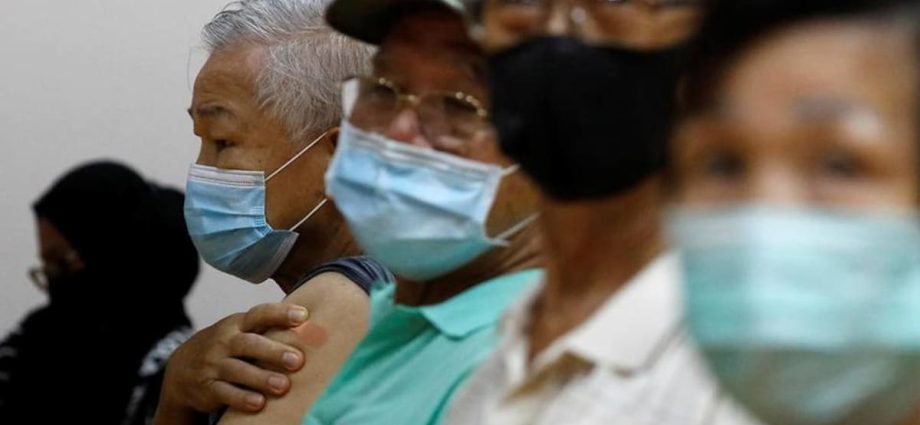
Of the 226 COVID-19 deaths between January and October 2023, 210 were aged 60 years and older. The virus remains a serious threat with major health risks for older adults and those with chronic conditions, such as cardiovascular disease, high blood pressure, cancer and diabetes.
Research has shown that they are more likely to get very sick from COVID-19 and be hospitalised. The risk of death increases as the number and severity of underlying conditions increase.
The spikes in hospitalisations and deaths aren’t as scary as they were in 2020 and 2021. The younger healthy among us may have fully moved on from the pandemic, masks and safe distancing rules discarded, revenge travel in full swing.
COVID-19 couldn’t be more distant from the minds of many. Yet, it remains a significant healthcare challenge for the vulnerable populations.
SOME GROUPS REMAIN APPREHENSIVE ABOUT COVID-19
Some remain apprehensive about COVID-19. They may be immunocompromised and are unable to be vaccinated or have a reduced immune response to vaccines.
The constant fear of contracting COVID-19 in some has kept them homebound and reduced their outside world contact to only the occasional phone call. These fears have a significant impact on the mental health of individuals, from anxiety to depression, helplessness to frustration, and their overall well-being has been severely affected.
We should take their concerns seriously.
In addition to safety, the economic costs of neglecting these groups may be severe. According to a report by pharmaceutical company MSD, the cost burden of COVID-19 in the Asia-Pacific remains high and is unevenly distributed across population segments and industries.
Vulnerable populations such as those over 60 or 65 years (depending on the market) and younger adults with one or more comorbidities are likely to be disproportionately impacted by COVID-19, bearing about 40 per cent to 50 per cent of total economic costs.
In Singapore, the analysis predicted that COVID-19 infections in the older population account for about S$565 million annually, or 16 per cent of all direct and indirect costs combined.

